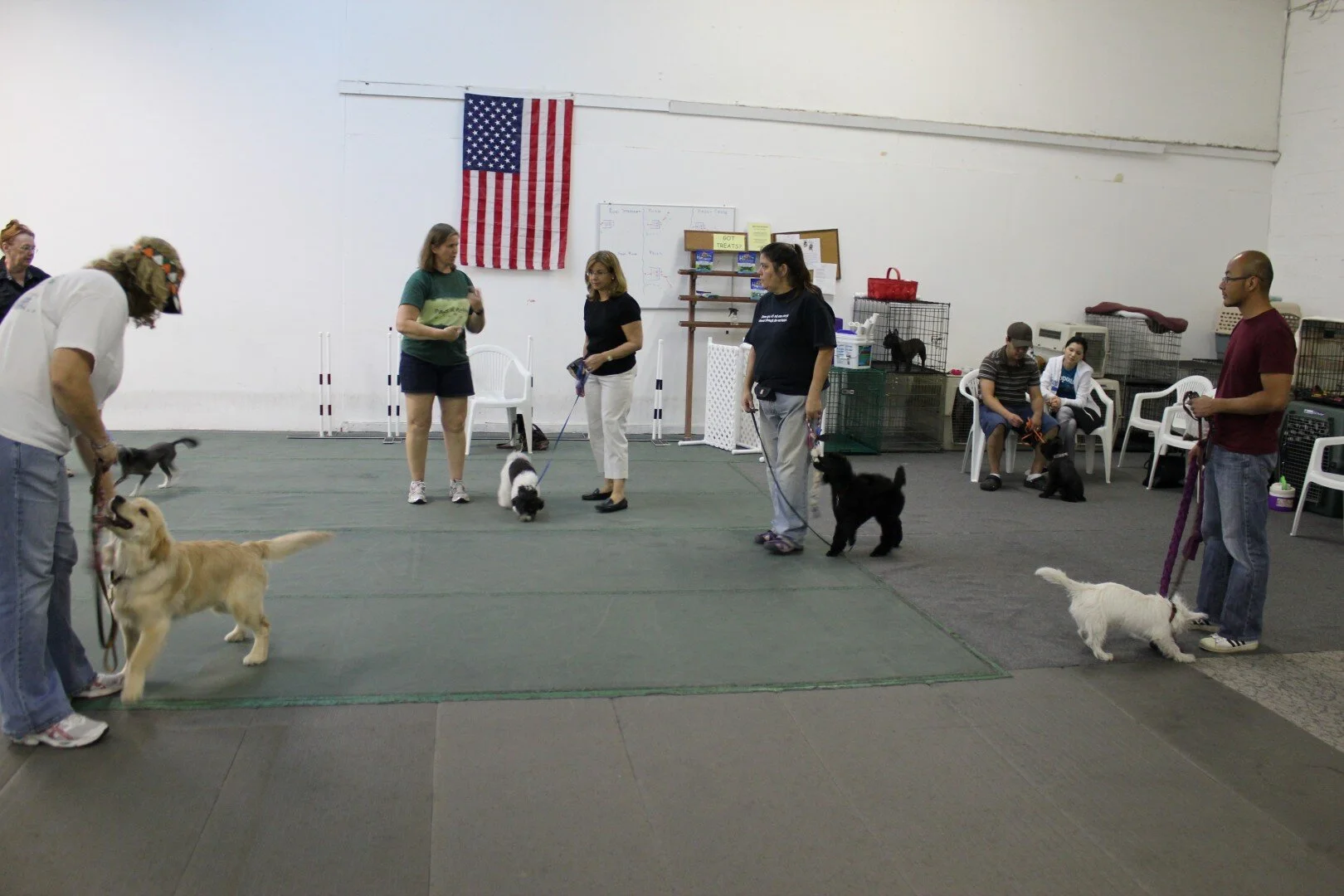During a snowy day this season, I got out my knitting needles to start a winter project. Knitting is relaxing and it’s a great way to gift someone with a cozy warm scarf or sweater made from the heart. The No. 8 needles I used for this particular stitch to start the project were plastic as opposed to my usual metal ones. A few hours later, I left the project on my couch attached to a big ball of yarn. At the moment, we don’t have any cats which would have automatically perked up my warning instincts to not leave the ball of yarn alone. However, I do share my home with my beloved family member Rigby, a six year old English Springer Spaniel, well-behaved with a great life. I came back into the living room where I saw the yarn unraveled and sprawled all over the floor. “Uh oh Rigby, what happened?” I said half smiling. But then I saw that the tip of the knitting needle had been chewed and assumed to have been swallowed. The first thought I had was is Rigby okay? and the second thought was, “I have pet Insurance!” After I looked everywhere on the floor and the couch for the missing needle tip, my head raced to thoughts of X-rays , medications, and possible surgery! Fortunately, I have pet insurance which would have taken care of most of these costs. I did call my veterinarian who said to observe Rigby for a day to make sure his intestines are moving it through and not blocking his appetite as a sign of something wrong. Rigby was and is fine! Whew! I love my dog with all my heart and felt relieved then and there that I could take good care of him no matter what the cost as a result of the eaten-knitting-needle-bit.
I share this story with you because I believe in pet insurance. It is costly I know but at various points in a pet’s lifespan greater care will be needed, guaranteed. Things happen, accidents happen and then you’re there with big bills.
Here are 8 tips to evaluate a pet insurance company provided by Nationwide Pet Insurance, if you are inspired to look further into signing on to one.
1. Compare Pet Insurance Providers
Before you decide to enroll your pet in a pet insurance policy, compare pet insurance providers. A side-by-side comparison will show the difference in plans, premiums, deductibles, co-pays, sample reimbursements and plan details, including exclusions and additional features.
Use this tool to compare pet insurance providers.
2. Check Out the Insurer’s Track Record
Look at the pet insurance provider’s track record for dependability. The key to choosing a pet health insurance provider you can count on is to go with the company that has proven stability, experience and recommendations.
How long has the provider been in business? Are they a trusted financial service? How many in-force policies do they have? Do they have veterinarians on staff who know pets’ needs and help develop policies?
3. Research What’s Covered — and What Might Affect Coverage
Some pet health insurance plans may have exclusions for conditions that are pre-existing, hereditary, congenital, or related to breeding, and may apply restrictions on your coverage when you file a claim.
Before you enroll, make sure you know and understand what factors may affect coverage, such as your pet's breed and any pre-existing conditions. Find out how often, and why, your premium will increase. Ask if the amount of claims you submit will affect your premium. If you are unsure about the policy language, call the pet insurance provider and ask Customer Care to explain in a way that is easily understood by you.
4. Choose Coverage that Works for You
Do you want coverage for known routine wellness (vaccinations, flea and heartworm prevention, wellness exams and tests), unknown medical care (chronic conditions, surgeries and hospitalization, prescriptions, exams, lab tests, illnesses, injuries) or complete care with coverage that includes hereditary conditions and wellness?
Discuss your pet’s health with your veterinarian, get an idea what common health conditions your pet could face that may be breed related, or if there’s a history of health issues in your pet’s family tree. You can also learn more about the Top 10 Reasons Pets Visit Vets.
Do you want to be prepared in case of an emergency or unexpected illness? Now’s the time to decide so you don’t find yourself unable to receive coverage due to a pre-existing condition once your pet begins to age.
5. Pick the Type of Insurance Reimbursement That Works for You
There are two ways pet insurance providers calculate reimbursement: they use either a percentage of invoice or an annual benefit schedule of allowances.
An invoice is the itemized bill your veterinarian hands you after treating your pet. If you choose to enroll your pet in a percentage of invoice plan, you’ll be reimbursed a percentage of what you paid your vet. For example, Nationwide pet insurance’s Whole Pet with Wellness plan reimburses 90% of your invoice, less your annual deductible.
A benefit schedule of allowances lists everything that is covered under your plan with a set amount for reimbursement. The reimbursement amounts renew annually.
There are a couple of other factors that can affect your reimbursement amount: whether you've chosen a per-incident deductible or an annual deductible.
6. Review Cost and Value
There’s no point in buying a pet insurance policy just because it’s cheap if it doesn’t cover what your pet needs. Are you interested in wellness, medical or complete care? Your monthly premium and reimbursement amount will vary based on the type of coverage and deductible you choose.
Deductibles are worth taking into consideration: A per-incident deductible is applied to every incident and can reduce your monthly premium. A low annual deductible will result in a higher premium while a higher deductible will result in a lower premium. However, don't base your purchase on cost alone. While a lower premium may sound great, you don't want to limit the amount of benefits you'll receive when you really need them.
7. Enroll Young and Healthy Pets
It’s important to enroll pets when they’re young and healthy to avoid limited coverage due to pre-existing conditions and to reduce the cost of your policy. Just as with human health insurance, pet health insurance premiums can increase as the policyholder ages.
8. Ask About Discounts
Did you know you might be able to score a discount on your premium? Nationwide pet insurance offers a 5% discount to families with 2-3 pets and 10% to those with 4 or more pets.
Those already enrolled in another Nationwide policy (such as home, auto) are also eligible for an additional 5% discount on select Nationwide pet insurance policies that can be combined with one of the multiple pet discounts.
Does your employer offer pet insurance benefits? Thousands of companies nationwide offer Nationwide at a discount. Check here to see if a policy discount is available in your company benefits package. Certain Nationwide pet insurance plans are eligible for a group discount.

























